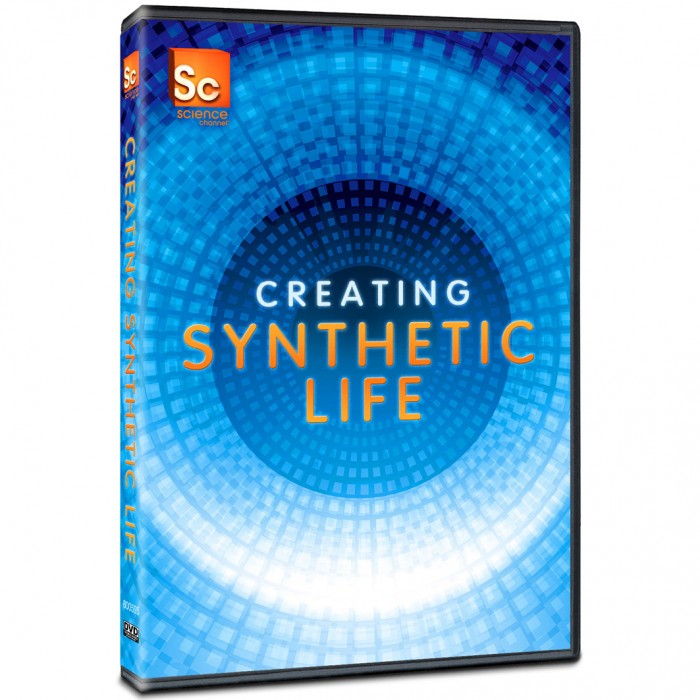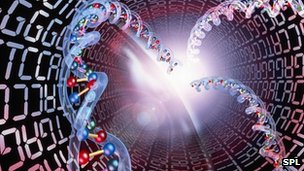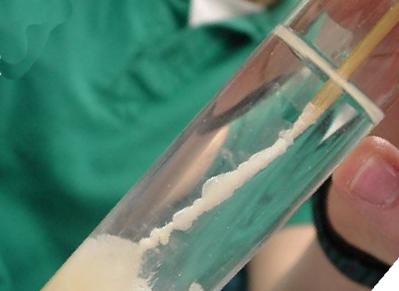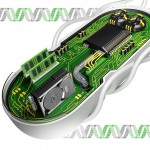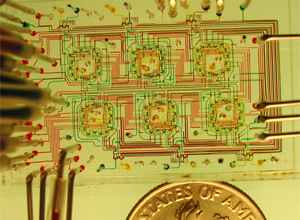
 A biochip is an invention by Stephen Quake which uses microfluids to vastly improves the ability of biologists to do research. By automating and streamlining otherwise tedious tasks, biochips speed up tasks and save valuable human time. They also, in doing so, allow previously unfeasible experiments to be done – broadening the reach of science. Stephen Quake’s group isn’t the only one working on chips like these, but he did just win the Lemelson-MIT prize (the “oscar for inventors”) for his work. This sort of technology will contribute significantly to the progress of the genetic revolution, rapidly speeding up the work of biologists everywhere. Singularity Hub ran an article on Stephen Quakes work here. Also check out his TEDxCaltech talk on his work from 2011 after the break.
A biochip is an invention by Stephen Quake which uses microfluids to vastly improves the ability of biologists to do research. By automating and streamlining otherwise tedious tasks, biochips speed up tasks and save valuable human time. They also, in doing so, allow previously unfeasible experiments to be done – broadening the reach of science. Stephen Quake’s group isn’t the only one working on chips like these, but he did just win the Lemelson-MIT prize (the “oscar for inventors”) for his work. This sort of technology will contribute significantly to the progress of the genetic revolution, rapidly speeding up the work of biologists everywhere. Singularity Hub ran an article on Stephen Quakes work here. Also check out his TEDxCaltech talk on his work from 2011 after the break.
- Search
- Recent Posts
-
- Biology & Technology?“The biggest innovations of the twenty-first century will be [at] the intersection of biology and technology. A new era is beginning…” – Steve Jobs
(‘Steve Jobs’ by Walter Isaacson, p. 539) - Recent Comments
- You got a transaction from user. Continue >> https://telegra.ph/BTC-Transaction--316884-05-10?hs=839c388b6c397122fa99dc7cf70adff3& on Video of the Week #4: Rachel Armstrong on Earth’s Bright Future (London Real)
- Artificial intelligence creates content for the site, no worse than a copywriter, you can also use it to write articles. 100% uniqueness :). Click Here: https://stanford.io/3FXszd0?h=95404fc5efdda647fb2aadab4a7b30f5& on Mark Lynas On Why He Now Supports GM Food
- Artificial intelligence creates content for the site, no worse than a copywriter, you can also use it to write articles. 100% uniqueness :). Click Here: https://stanford.io/3FXszd0?h=28fb8c2dd3eca760cf05715ef7866cf8& on Mark Lynas On Why He Now Supports GM Food
- Reduslim prezzo in farmacia on Bioinformatics as a Hobby
- Sunburstwka on Video of the Week #6: The Biotech Revolution











